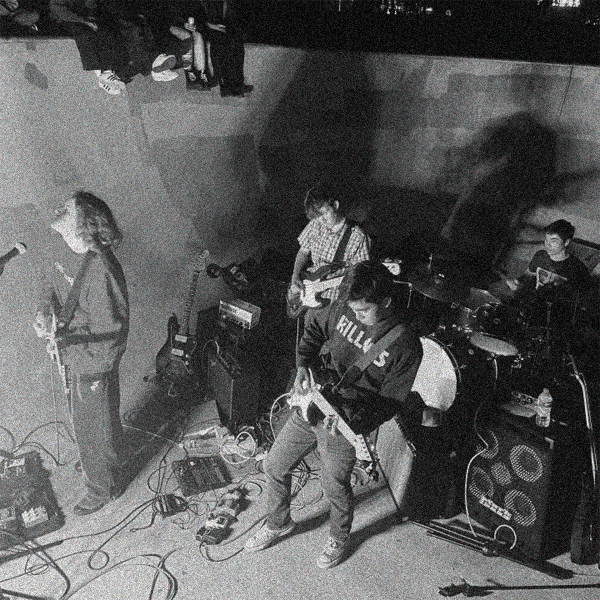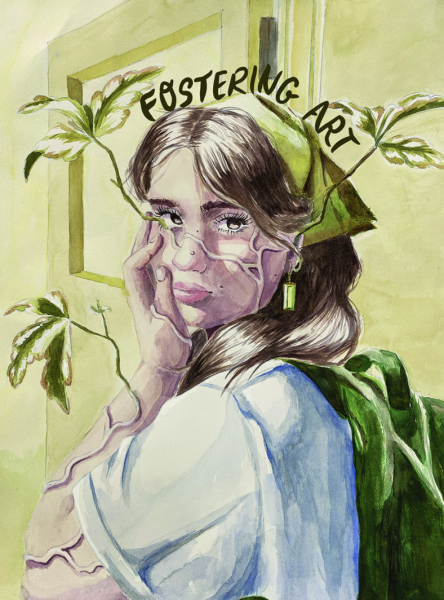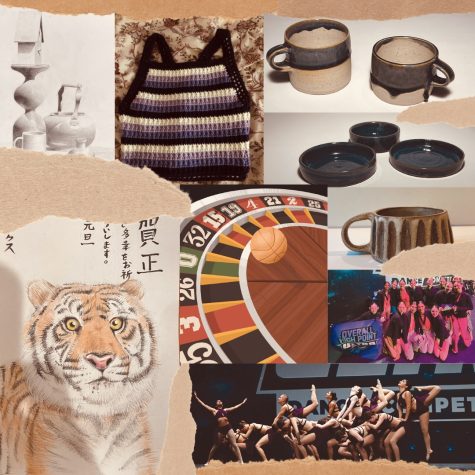Featured Artist: Matthew Woon
A Q&A with Palo Alto High School senior Matthew Woon, who specializes in pottery.
C Mag: When did you start doing art?
Matthew Woon: I’ve always been pretty interested in expressing myself visually. It was sort of through my own discovery, and then also through a school I’ve been going to. I found pottery lessons that sparked my interest, so I started around seventh grade and I’ve been doing it since.
C: Who or what inspires you?
MW: I don’t know as much about other artists as I should, but I have some favorite artists that I try to imitate. They’re people I follow on social media and people I’ve observed that are still alive. There are some in Europe, like Eric Landon. I’ve also been influenced by 2D artists, which sounds kind of weird, but I’ve transferred some influence from Eric Fisher and other artists into trying to make my own stuff.
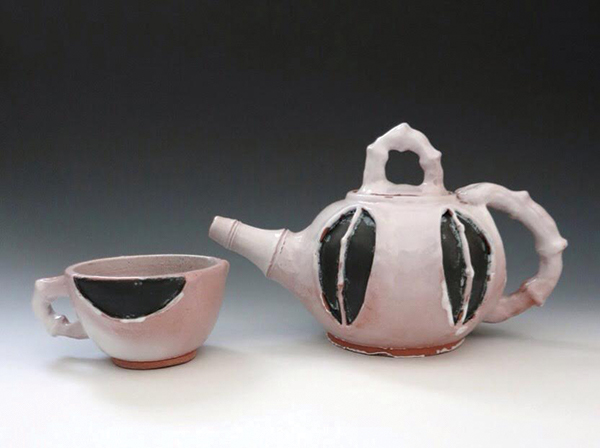 C: Why clay? Why this specific art form?
C: Why clay? Why this specific art form?
MW: I guess painting and drawing didn’t really click with me — it was more difficult and I didn’t seem to have talent. I got kind of bored of it because it’s so slow … Once I got practice [in pottery] it kind of clicked one day and after that it was not easy, but a lot easier than it had been, and I just really enjoyed it. It’s an activity I can lose myself in, and just forget about things temporarily.
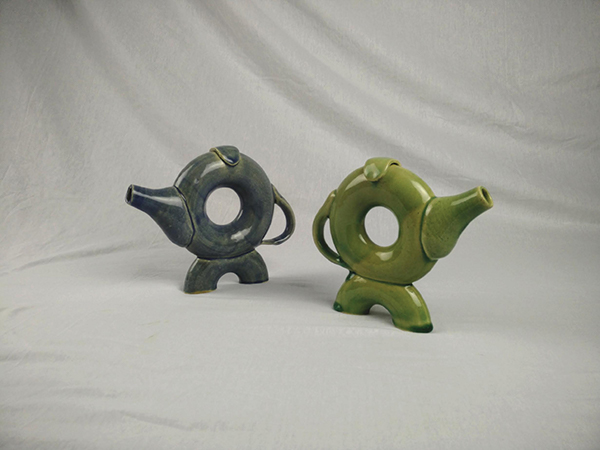 C: What is the typical process of making one of your pieces?
C: What is the typical process of making one of your pieces?
MW: It starts with actually making it on the wheel. That has its whole set up and substeps you need to know to be able to make something. Once it’s dry and has reached a leather-hard stage, you trim part of it to make it look nicer … you have to smooth everything out. Then you put it through the first firing and you have to glaze it. Then you put it through the second firing, and it comes out as a finished project.

C: How would you describe the art you make?
MW: I know some people think it’s art, and some think it’s not art at all because it’s creating functional ware. I’m starting to learn that there’s a bit of a line between craft and fine art. I guess for now my definition is that if you can use it for something, it’s functional. If you can’t, or if you apply design elements to it, it can be considered a fine art. It’s not a hard line; because of AP [Studio Art] I’ve learned they want to see more fine art stuff. I’ve had to force myself to change and adapt to that even though it’s been pretty hard.
C: What is the hardest part about working with clay?
MW: Clay can be really fussy and stubborn. There are so many stages, it’s kind of like raising children, especially in a Medieval Age — so many of your pieces are going to die. You kind of just have to get used to that.
C: What sorts of things will you be studying in college? Do you plan to pursue art later in life?
MW: I am planning on going to either an art school with a strong ceramics program or fine arts program. I’ve been told a lot of times that it’s not practical, but I know that things are always changing, and if I really put effort into it, I can make something out of it.
C: Any advice for aspiring artists who want to work with clay?
MW: Try it. The learning curve is different for everyone. It took me a couple years to really click with the technique before I actually started making stuff that was decent. It requires effort and perseverance just because it’s really easy to get discouraged. It does require some practice. Just keep working at it. If you aren’t doing it, you should try it.







